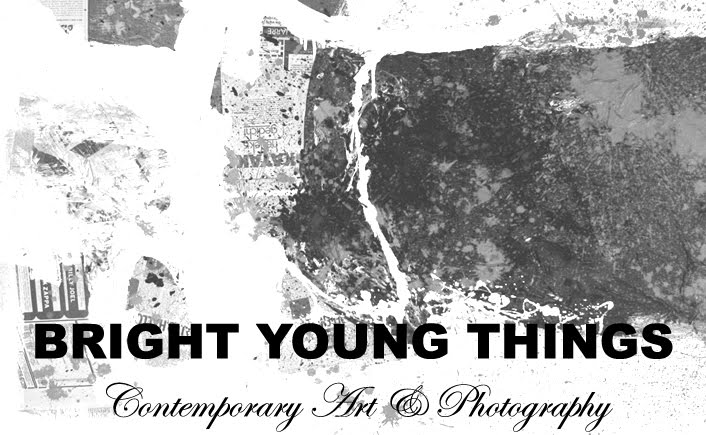9/2/10
We Like: Made in Heaven revisited
NEW YORK, NY.- When first shown at the Venice Biennale in 1990, the paintings, sculptures and installations of Jeff Koons’ “Made in Heaven” series captured the public's imagination to such an extent that a solo show of the works at Sonnabend Gallery in New York the following year generated lines around the block. With “Made in Heaven,” Koons celebrated, in explicit sexual terms, his union with wife Ilona Staller, the Italian porn star and politician known as La Cicciolina. Depicting the pair as a contemporary Adam and Eve, works with such titles as Dirty Ejaculation and Ilonaʼs Asshole generated immediate controversy that overshadowed their complex dialogue with the history of art and provocative, and Koons’ exploration of the established values of traditional painting and photography. To this day, “Made in Heaven” remains the most debated work in the career of this celebrated artist.
On October 6th, and in conjunction with the 20th anniversary of the original Venice presentation of this landmark series, Luxembourg & Dayan will unveil “Jeff Koons: Made in Heaven Paintings,” an exhibition of nine major canvases and one glass sculpture from the artist’s most renowned body of work. The exhibition will remain on view at the gallery through January 21, 2011.
“Jeff Koons: Made in Heaven Paintings” will be accompanied by a new book featuring an essay from curator and critic Alison M. Gingeras, as well as an extensive interview by artist Francesco Vezzoli with Riccardo Schicchi, the Italian photographer and pornographic film producer who collaborated with Staller in the 1980s and is widely credited with shaping her signature Heidi-like persona of La Cicciolina.
If Jeff Koons’ work over the past four decades has been devoted to the aestheticization of contemporary desire, “Made in Heaven” represents a moment of apotheosis. The paintings of the series reference art from the Baroque and Rococo periods – Bernini’s expressions of physical ecstasy as portal to the realm of the sublime, and the carefully staged, allusive love scenes of Fragonard and Boucher that titillated audiences of the day – and also draw upon the breakthroughs of such early modern painters as Courbet and Manet.
Subscribe to:
Post Comments (Atom)


No comments:
Post a Comment